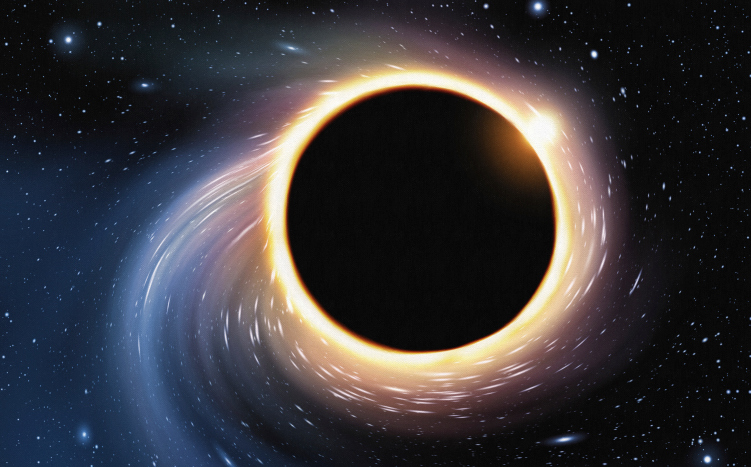
A month later, after Stephen Hawking and his colleagues published a paper about black holes, physics still can’t come to a consensus. Some welcome his latest work as a fresh way to solve the mystery of black holes; others are not sure of its credibility. The first support statement paper is that it provides a promising way to resolve the mysteries of the so-called information paradox of a black hole, which Hawking brought more than 40 years ago.
“I think there is a General excitement that we can look at familiar things differently, come out of the impasse,” says Andrew Strominger, a physicist at Harvard University in Cambridge, co-author of one of the last works. Strominger presented the results of work on 18 January at the University of Cambridge, where Hawking is based.
Many are not sure that this approach can solve the paradox, although they acknowledge that it illuminates various problems in physics. In the mid-70s, Hawking discovered that black holes are not entirely black but emit a little radiation. According to quantum physics, from quantum fluctuations just outside the event horizon — the point of no return of a black hole must occur pairs of particles. Some of these particles leave the pull of a black hole, but take away part of its mass, resulting in a slow reduction of the black hole and ultimate disappearance.
In an article published in 1976, Hawking indicated that the incoming particles now known as Hawking radiation — will have completely random properties. As a result, when the black hole disappears, saved information will be lost to the Universe. But this result does not fit with the laws of physics, according to which information, like energy, is preserved, which creates a paradox. “This work has caused more sleepless nights for theoretical physicists than any other performance in history,” said Strominger.
It was a mistake, he explained, to ignore the potential of empty space to carry information. In their work, together with Hawking and a third collaborator Malcolm Perry, also from the University of Cambridge, he is drawn to soft particles. This version of low-energy photons, hypothetical particles known as gravitons, and other particles. Until recently they were used mostly for calculations in elementary particle physics. But the authors note that the vacuum in which is a black hole, not necessarily have to be devoid of particles, only energy — and it means that soft particles can be present in a zero energy state.
Anything that falls into a black hole, they continue, leaves the imprint — imprint — on these particles. “If you are in a vacuum and take a breath — let’s say — you inhale a lot of soft gravitons,” says Strominger. After this perturbation the vacuum around a black hole is changed and the data saved in the end.
Further, the work offers a mechanism for the transfer of this information into a black hole — which in theory resolves the paradox. To do this, the authors calculated how to decode data in the quantum description of the event horizon, known as the “black hole hair”.
A tricky transition
Nevertheless, the work is far from complete. Of Abhay Ashtekar, gravity studies at the University of Pennsylvania in University Park, said that he had found a way to transfer information in a black hole (“soft hair”), proposed by the authors is not convincing. And the authors acknowledge that I do not know how this information could later be transferred Hawking radiation, but is a necessary next step.
Steven Avery, a theoretical physicist from brown University in Providence, Rhode island, with skepticism refers to the ability of this approach to solve the paradox, but it definitely believes that it will improve the value of soft particles. He notes that Strominger found that the soft particles reveal subtle symmetry known forces of nature, “some of which are known to us, and some of which are new”.
Other physicists are more optimistic regarding the prospects of this method in solving the information paradox. Sabina Hossenfelder from the Institute for advanced study in Germany said that the results “soft hair”, coupled with her own research, can solve the contradictions associated with black holes like a firewall problem. You see, there is the question of whether the event horizon can become extremely hot due to the action of the Hawking radiation. This contradicts Einstein’s General relativity, according to which the observer falling through the horizon would not have noticed sudden changes in the environment.
“If there are different vacuum state, says Hossenfelder, you will be able to transmit information in radiation, without putting any energy on the horizon. Therefore, there will be no firewall”.
